Womersley, F, Waller, M and Sims, DW 2025 Do whale sharks select for specific environments to give birth?. Ecology and Evolution, 15 (2). 10.1002/ece3.70930
Full text not available from this repository.Abstract/Summary
Neonate whale sharks < 1.5 m in length are rarely encountered, with approximately 35 sightings recorded globally between 1970 and 2020. Although potentially pregnant females seem to frequent certain sites, parturition areas are unknown, and most neonates have been sighted opportunistically in offshore environments, suggesting nursery habitat may occur in remote parts of the ocean. Here, documented accounts of neonate whale sharks with corresponding locations were mapped in relation to oceanography to identify whether there are commonalities in where they occur. Results show that locations of neonate sightings coincide with permanent oxygen minimum zones (OMZs)—with associated high surface chlorophyll-a (Chl-a) and low oxygen at depth—more often than would be expected by random chance. Two main hypotheses are proposed to explain this apparent association: (i) adult female whale sharks selectively pup in waters adjacent to low oxygen regions offering a proximate refuge from oceanic predators as well as enhanced foraging opportunities, or that (ii) pupping occurs randomly in the open ocean but that OMZs restrict neonates to shallower surface waters where they are more frequently encountered by humans than elsewhere. Testing both hypotheses requires more data on the relationship between whale shark movement ecology and dissolved oxygen concentrations. As a first step, a model predicts the highest likelihood of neonates occurring in waters above OMZs, focussed around intermediate Chl-a regions at the boundaries of highly productive upwelling systems. These areas could be the focus of future, more targeted studies. Here, biologging devices measuring in situ oxygen concentrations will be useful for exploring how different life stages interact with OMZs, which are expanding due to climate-driven deoxygenation. What this might mean for neonate whale shark conservation in future warmer oceans remains an open question
| Item Type: | Publication - Article |
|---|---|
| Additional Keywords: | whale shark, nursery habitat, neonate, pupping |
| Subjects: | Conservation Ecology and Environment Marine Sciences |
| Divisions: | Marine Biological Association of the UK > Ocean Biology |
| Depositing User: | Ms Kristina Hixon |
| Date made live: | 20 Feb 2025 11:07 |
| Last Modified: | 20 Feb 2025 11:07 |
| URI: | https://plymsea.ac.uk/id/eprint/10379 |
Actions (login required)
 |
View Item |


 Tools
Tools Tools
Tools